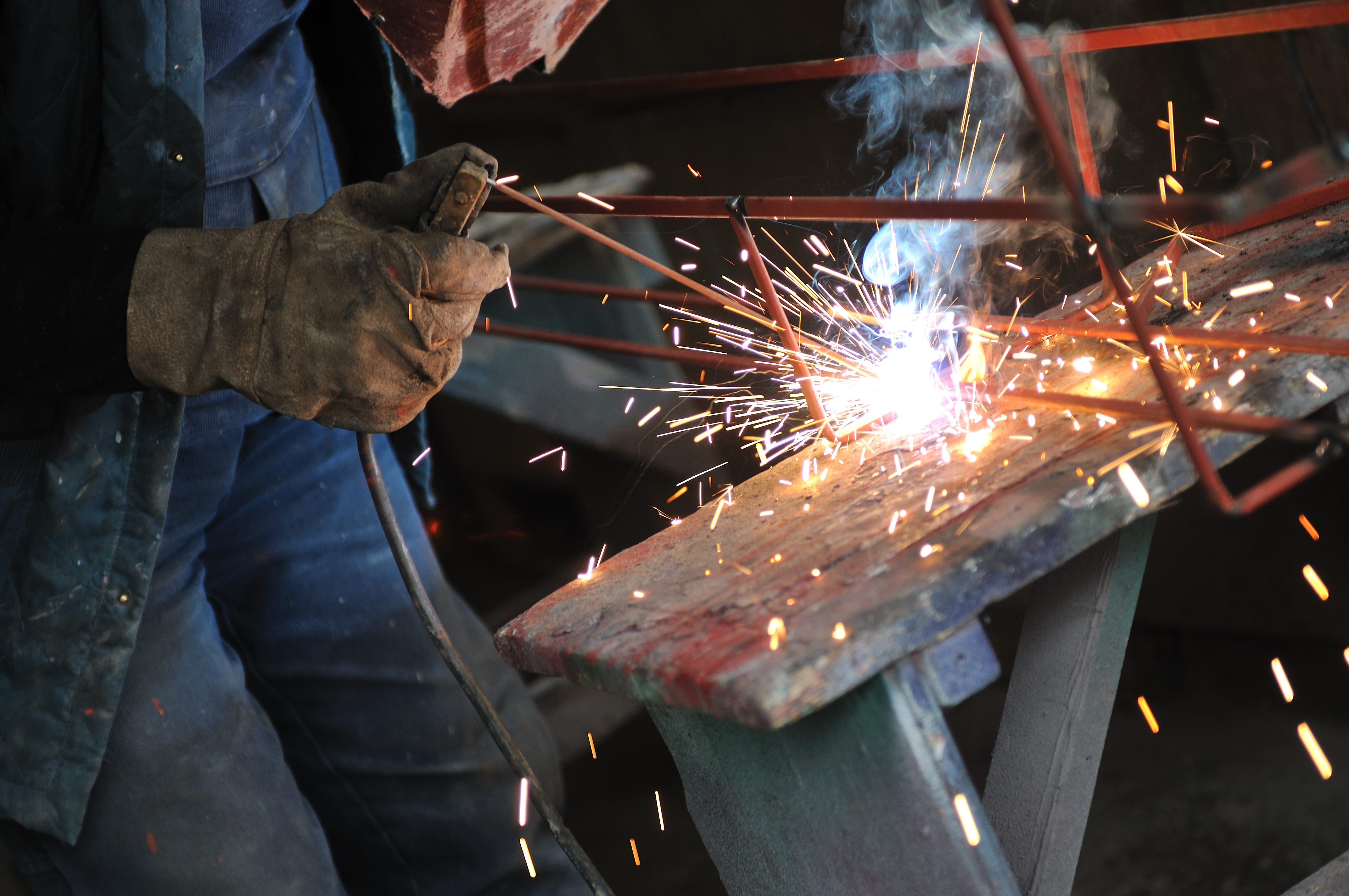
18 May Selecting Personal Protective Equipment
When is Personal Protective Equipment (PPE) Required and Who is Responsible for Providing it?
The employer shall assess the workplace to determine if hazards are present which necessitate the use of PPE. The employer is not required to pay for non-specialty safety toe protective footwear and non-specialty prescription safety eyewear, provided that the employer permits such items to be worn off the jobsite. (All Information was extracted from: https://www.osha.gov/Publications/osha3151.html)
Selecting PPE
It is important to remember that PPE is a last-line-of-defense and should only be utilized if the hazard cannot be either “engineered” or “administrated” out. PPE selected should offer the wearer more than enough protection to withstand the hazards they are exposed to. Employers should always consider the comfort of their employees when determining PPE load outs. Too much PPE can actually be hazard-causing. American National Standards Institute (ANSI) determines what PPE is required for workers within a certain risk-environment and applies to the following: Eye and Face Protection: ANSI Z87.1-1989 Head Protection: ANSI Z89.1-1986. Foot Protection: ANSI Z41.1-1991.
Training Employees in the Proper Use of PPE
Employers are required to train employees about PPE and teach the following: When PPE is necessary. What PPE is necessary. How to properly put on, take off, adjust and wear the PPE. The limitations of the PPE. Proper care, maintenance, useful life and disposal of PPE. Employers must ensure that their employees fully understand how to use and wear PPE properly before they may work in a hazardous environment. Employers must offer retraining for employees that are unable to demonstrate competence with their PPE. Training must be documented with the name of the employee, date training occurred, and the type of training that was administered.


